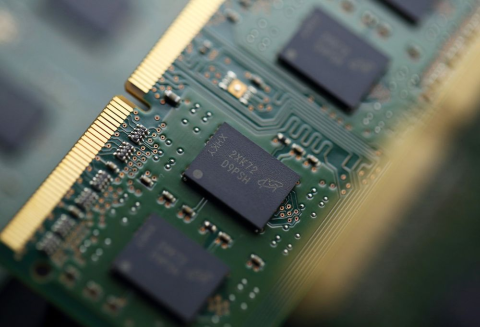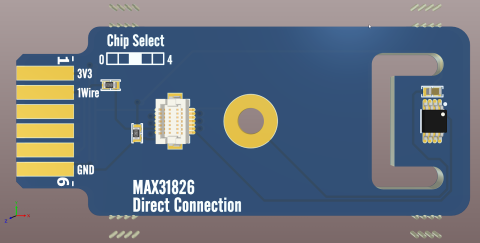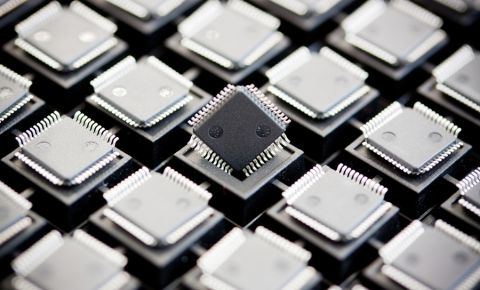PCB Libraries: Defining Library Types and Methodologies for Your Design Process
Table of Contents

There are various PCB library types and methodologies out there, and selecting which to implement into your design process depends on a number of factors. But how do you know which library methodology is the best? Read on to find out.
There are various types of PCB libraries and methodologies out there, and selecting which to implement into your design process depends on a number of factors. While some small business users may require only a bare essential yet the extremely flexible representation of components, enterprise users may require a highly specific read-only representation with links to the supply chain.
Many different types of users in between may have yet entirely different requirements altogether. Consequently, there are several different PCB library types and methodologies to meet this wide range of requirements. But how do you know which library methodology to implement for your specific design needs?
Understanding PCB Library Types and Methodologies
Understanding the various library types and methodologies available allows you to make informed decisions when choosing and defining a library methodology. You may be introduced to many new library terms: integrated libraries, database libraries, and component libraries in addition to somewhat familiar sounding schematic and PCB libraries. But what is the purpose of each one? Which library methodology is best for you?
It is important to first understand that there are a few different library methodologies to meet different user requirements. With just a brief overview of the various library methodologies and an explanation of each library type, the topic of libraries becomes easy to navigate and understand. From there you can decide which library methodology is best for you or your organization.
Essential Libraries
First, we’ll discuss the essential PCB library types regardless of which overall library methodology you choose. Two primary library types, which are absolutely required at a minimum in order to create a PCB regardless of any specific library management scheme, are schematic libraries (*.SchLib) and PCB libraries (*.PcbLib).
A schematic library contains one or more schematic components that are graphically and electrically represented by a schematic symbol. Specific parametric information (such as part number and component values), are typically added to each component and can be accessed during the generation of the bill of materials (BOM). One or more PCB footprints, as well as optional SPICE simulation (*.MDL or *.CKT files) and signal integrity (SI) (*.IBIS) models, are linked to the schematic component.
A PCB library contains one or more PCB footprints that represent the physical pad arrangement and other mechanical attributes of the component. Optionally, solid model 3D information in the STEP format (*.STEP files) can be added to the footprint to represent the component’s physical shape in 3D mode.
As the most basic methodology, these essential schematic and PCB libraries can be used to manage components. In such a methodology, the schematic component represents the container for all possible views of the device (graphical symbol, electrical connections, solid model, SPICE mixed-signal simulation, and SI model). While this offers great simplicity and ultimate flexibility, this methodology does not really support strict enterprise-level requirements. Managing many separate files can be difficult, and increases the chances for library-related design errors.
Choosing the Right Library Methodology
To know which library methodology would be best utilized for your designs, you must first understand the full scope of library types and methodologies available. Want to learn more about the different PCB library types and methodologies at your disposal? Download the free whitepaper New User’s Guide to Defining a Library Methodology today to discover the library methodology best suited for your design process.


















